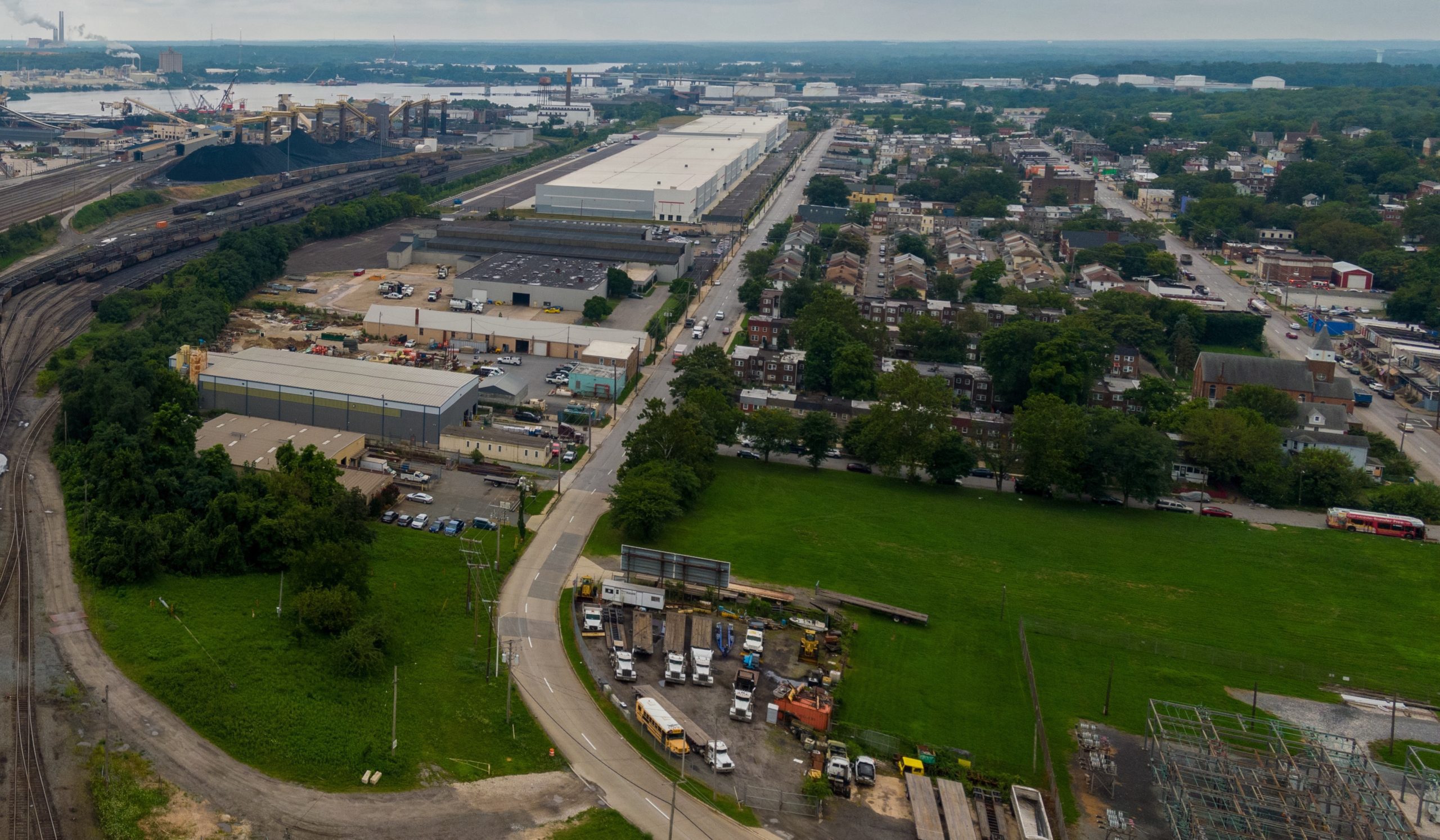Much of the success of the Montreal Protocol, the international treaty guiding recovery of the ozone layer, hinged on an agreement by the world’s nations to phase out the new production of several ozone-destroying chemicals called chlorofluorocarbons, or CFCs.
But the Montreal Protocol contained an exception that allowed continued production of some CFCs in the manufacture of other chemicals, including ozone-friendly CFC replacements called hydrofluorocarbons or HFCs. Scientists are now drawing attention to this exception not just because rising emissions of these chemicals potentially complicate recovery of the ozone layer, but because they are also potent greenhouse gases contributing to global warming.
Luke Western, a researcher at NOAA’s Global Monitoring Laboratory and the University of Bristol, said the annual warming influence of these legacy CFC emissions is equivalent to all of the carbon dioxide produced by Switzerland in 2020.
“What we used to consider minor sources of CFCs are on our radar now because of the success of the Montreal Protocol,” said Western, lead author of a study published today in Nature Geoscience. “Despite their low levels, these ongoing CFC emissions deserve our attention because of their potential to impact ozone layer recovery and climate impact.”
Once widely used in the manufacture of hundreds of products including aerosol sprays, foams and packing materials, solvents, and in refrigeration, CFCs have been shown to be a primary culprit in the depletion of the ozone layer and the appearance of an enormous ozone hole over Antarctica each spring. Production for such uses was banned under the Montreal Protocol in 2010.
CFCs are also potent greenhouse gases. Scientists have estimated that adherence to the Montreal Protocol’s ban on new production and use of all ozone depleting substances will have eliminated a potential additional global temperature increase of 0.5 to 1 degree Fahrenheit by 2100.
The new study focused on global emissions of five CFCs with few or no known current uses — CFC-13, CFC-112a, CFC-113a, CFC-114a, and CFC-115 — chemicals with atmospheric lifetimes ranging from 52-640 years. In terms of their impact on ozone, emissions of these five CFCs combined in 2020 were equivalent to around one tenth of emissions from CFC-11, one of the primary ozone depleters in the CFC family.
In this study, the team used measurements primarily from researcher Johannes Laube at Forschungszentrum Jülich, with other measurements including from NOAA, and an atmospheric transport model to show that global atmospheric abundances and emissions of these other CFCs increased after production and use of CFC-11 and CFC-12 was phased out in 2010.
Western, a Marie Curie Research Fellow, and his colleagues determined that emissions of CFC-113a, CFC-114a and CFC-115 may be due in part to production of two common HFCs used primarily as substitutes for CFCs in refrigeration and air conditioning. Whether or not emissions of these CFCs continue to increase depends in part on changes in future HFC production, which is slated for phase-down by the Kigali Amendment of the Montreal Protocol, and in part on the manufacture of other chemicals that produce CFCs as byproducts. The drivers behind increasing emissions of the other two CFCs, CFC-13 and CFC-112a, are not known.
While the study found rising global emissions of all five CFCs, it was unable to identify source locations.
If emissions of these five CFCs continue to rise, their impact may negate some of the ozone recovery benefits gained under the Montreal Protocol, researchers said. The study noted properly destroying any co-produced CFCs would eliminate both any future impact to the ozone layer and a source of heat-trapping greenhouse gases.
One takeaway message, said Western, is that the production of some CFC-replacement chemicals may not be entirely ozone-friendly, even if the replacement chemicals themselves are.
For more information, contact Karin Vergoth at the Global Monitoring Laboratory: karin.vergoth@noaa.gov



